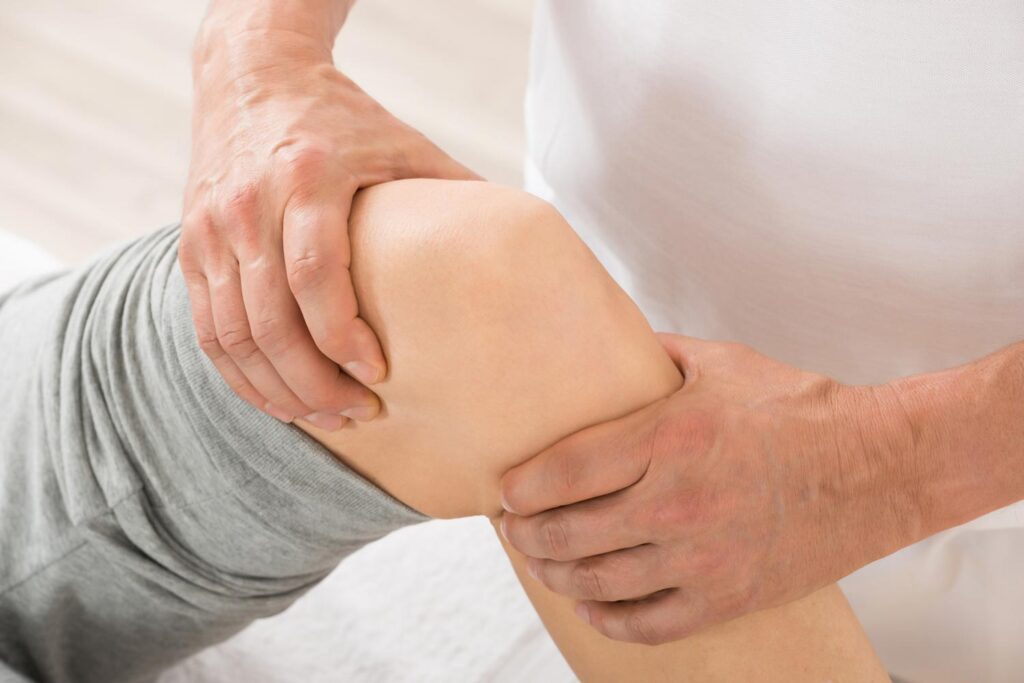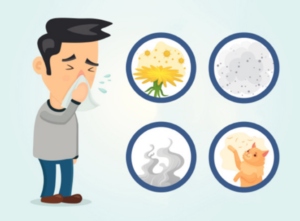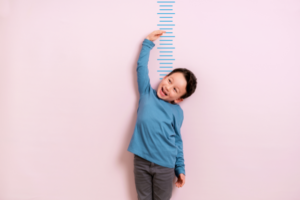Whenever it rains, the humidity gets higher or when the temperature drops, some people often feel pain on the knee joints. Blood vessels constrict, resulting from poor blood circulation around the knee, and joint tissues can become inflamed if exposed to clammy conditions for extended periods of time.
Traditional Chinese medicine believes that pathogens such as wind, cold and dampness are most likely to gather at the knee joint, which will cause knee pain. The structure of the knee joint is very complex. The femur, tibia, fibula, and patella constitute the main part of the knee joint. The cartilage covering the bones and the synovial sac between and around the bones also provide a good cushion for the pressure on the knee joint.
The outermost layer is covered with ligaments, muscles and fat layers, which provide the strength of knee joint movement and cushioning protection. When the synovial sac in the middle lacks cushioning and causes continuous friction between bones, degeneration begins. Excessive weight and poor circulation are often the factors that leads to premature knee degeneration. Clinically, poor circulation such as Qi and blood stagnation or weak Qi and slow circulation, of which often aggravate the pain level and occurrence of pain.
There is a close relationship between “Qi” and “Blood”, “Qi” can help promote blood circulation and make blood flow more smoothly; and when “Blood” is sufficient to nourish the body, Qi can also function well, so “Qi and blood” complement each other and coexist.
There is a famous saying in Traditional Chinese Medicine: “If there’s blockage of Qi and blood, pain will occur, whilst Qi and blood flow smoothly, no occurrence of pain.” Acupuncture and moxibustion in Chinese medicine are used to deal with the obstruction on the “meridian” and the tight fascia. When knee pain occurs, acupuncture on the same meridian , the acupoints farther away from the affected part will also have the effect of “remote/distal treatment”, so acupuncture at the Quchi (located lateral end of the transverse cubital crease) of the elbow can effectively relieve knee pain.
When the knee is injured due to exercise or collision, the affected area is inflamed, and there is usually a tendency to “fear and refuse to be pressed or palpated”, thus it is not suitable to directly massage the acupoints on the affected area. At this time, traditional Chinese medicine will choose distant but equally effective acupoints for treatment, such as scalp acupuncture , auricular acupuncture also has a very fast therapeutic effect on the swelling of the knee joint, and the patient is advised to avoid pressing or massaging the affected part too much, so as not to aggravate the symptoms of inflammation.
Acupuncture plays an important role in relieving knee pain. For example, Yinlingquan can improve the tightness of the medial collateral ligament of the knee and nourish liver and kidney Qi, strengthen muscles and bones, and Zusanli has the function of tonifying Qi.
Because it is easy to induce muscle tension around the knee joint when pain aggravates, in which it can affect walking. The treatment method is to apply acupuncture needles to strengthen the acupoints near the knee joint such as Xuehai, Liangqiu, Fengshi, Futu and other acupuncture points. All these points can help relax muscles and strengthen the function of peripheral muscle coordination. Overall, acupuncture has certain effects on relieving swelling and pain of joints, strengthening peripheral muscle strength, expelling evil Qi, and nourishing righteous Qi.



